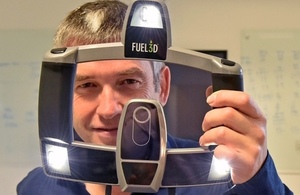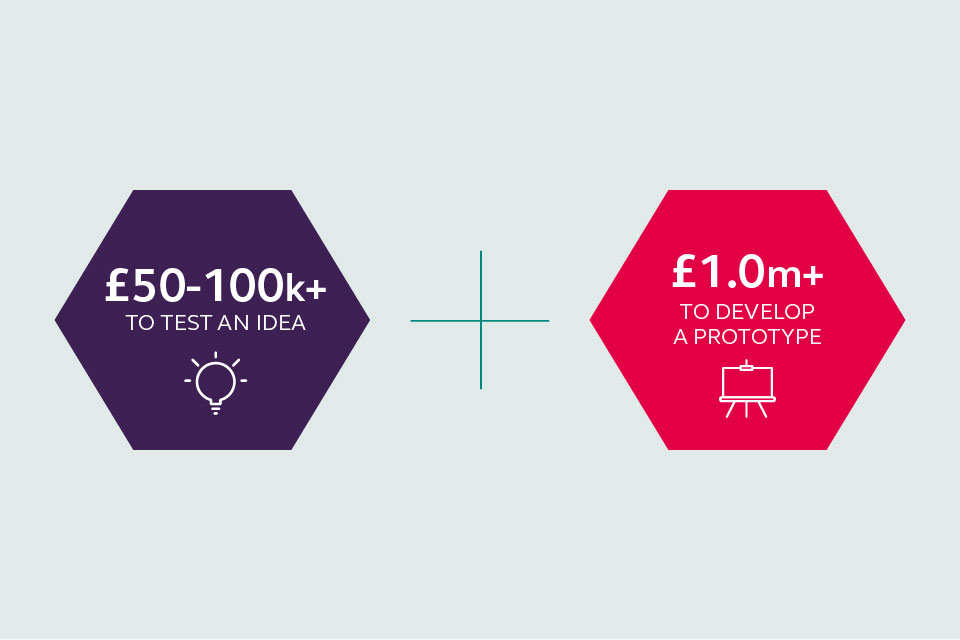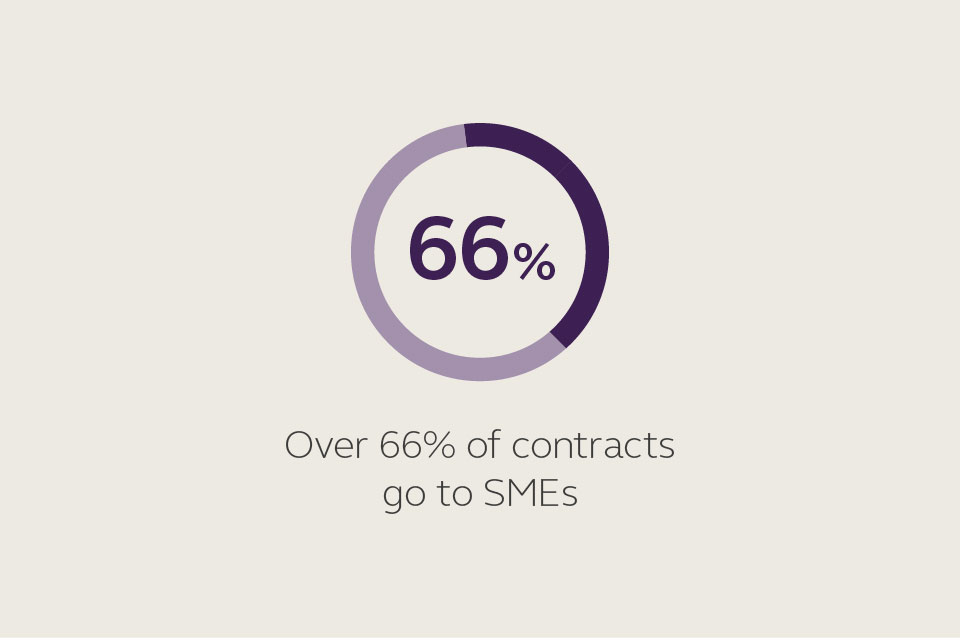3D scanning: Measuring how wounds heal
Assessing how chronic wounds are healing isn't easy. A new 3D scanning system helps clinicians accurately measure progress.

Stuart Mead, CEO of Fuel 3D with the 3D scanner
Wound care costs the NHS an estimated £3 billion per year. An innovative system based on a portable, hand-held 3D scanner is solving the problem of accurately measuring how chronic wounds (like diabetic ulcers) are healing.
Since deep wounds heal slowly and from the base up, the most reliable way to measure progress is reduction in wound volume - something a 3D scanner can do very accurately.
Professor Ron Daniel set up a company to commercialise 3D imaging technology in 2007. He successfully tested the concept and technology, but lack of a working prototype meant that he struggled to find investment to take the idea further.
SBRI - from idea to market place
In 2009 Ron entered the idea into the first Small Business Research Initiative (SBRI) Healthcare competition - funded by NHS East of England and Innovate UK.
SBRI competitions provide small, innovative businesses with contracts to research and develop new products and services that address public sector challenges. The business gets finance to develop its ideas, and the public sector organisation gets an innovative solution.

An initial award of £100,000 enabled a first prototype to be produced. A further award of £400,000 made it possible to produce an improved system in large numbers in 2011 and to move into full production at the end of 2012.
The system is now used in more than 25 NHS Trusts, and in universities and research projects in the UK, Europe and Australia. It enables any wound, scar or blemish to be scanned, measured and mapped over time:
- a portable, easy-to-use hand held unit captures the 3D images, which are analysed using pioneering software
- the camera can be operated remotely - sparing patients repeated trips to hospital
- fast processing means clinicians can see how wounds are healing with minimum delay
- patients get the treatment they need when they need it, saving time and money for NHS trusts and improving patient outcomes
Professor Daniel commented:
SBRI Healthcare helped us turn a bright idea into a commercially viable solution to a very real clinical problem. Having a prototype to show doctors and potential investors made all the difference in unlocking further investment. It’s really established our place as a market leader.
A measurable success
Fuel3D has been awarded a further SBRI Healthcare contract of £685,000 to develop the system for other therapeutic uses in the NHS and international healthcare markets.
It’s also attracting interest in other medical specialties that rely on accurate measurement, such as burns and plastic surgery, and in non-medical areas such as police forensics.
Stuart Mead, CEO of Fuel3D, commented:
There’s a lot to celebrate. The system, designed and made in the UK, is already improving patient care. We’re proud that it’s been useful in Afghanistan - where explosive devices can inflict terrible wounds.
The system is attracting interest from around the world and we’re also excited about possible uses in the broader 3D imaging market - from 3D modeling and printing to on-screen applications like art, animation and game development. But we wouldn’t be where we are now without the support of Innovate UK and SBRI Healthcare. They saw the potential of the technology when no-one else did.

Find out more about Innovate UK funding awards and see our latest funding competitions
Updates to this page
Published 10 December 2014Last updated 11 December 2014 + show all updates
-
First published.